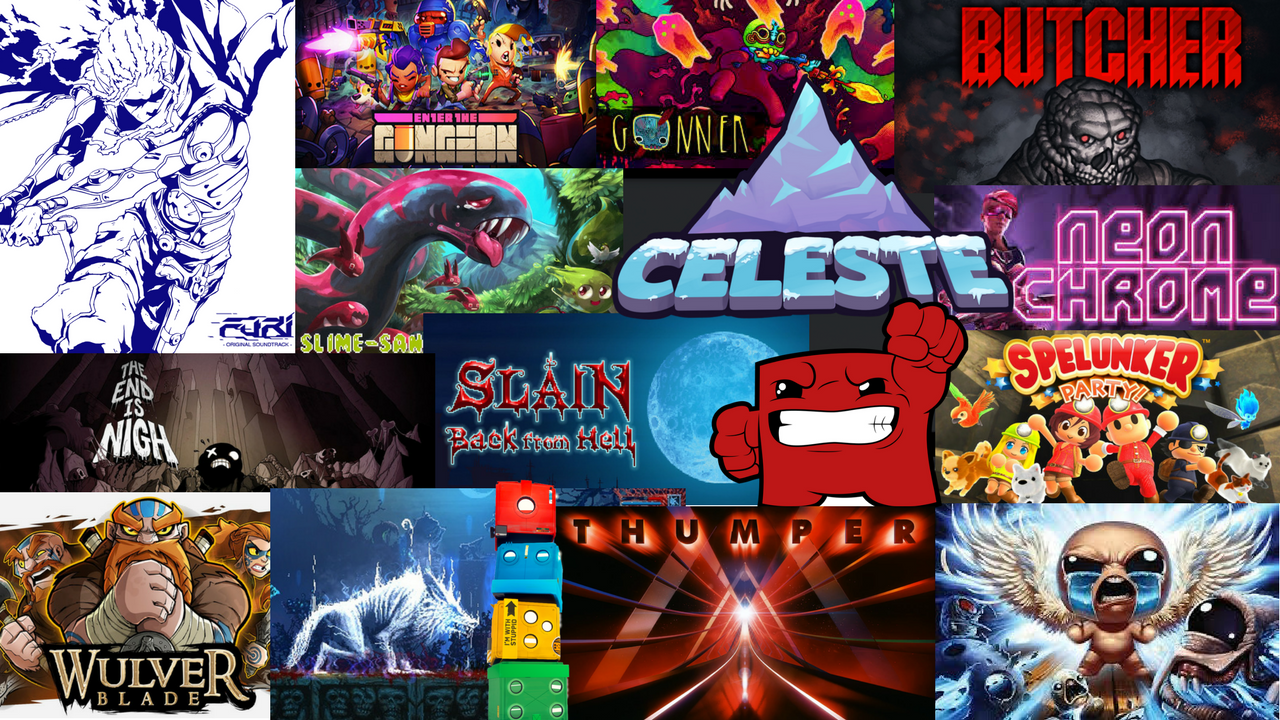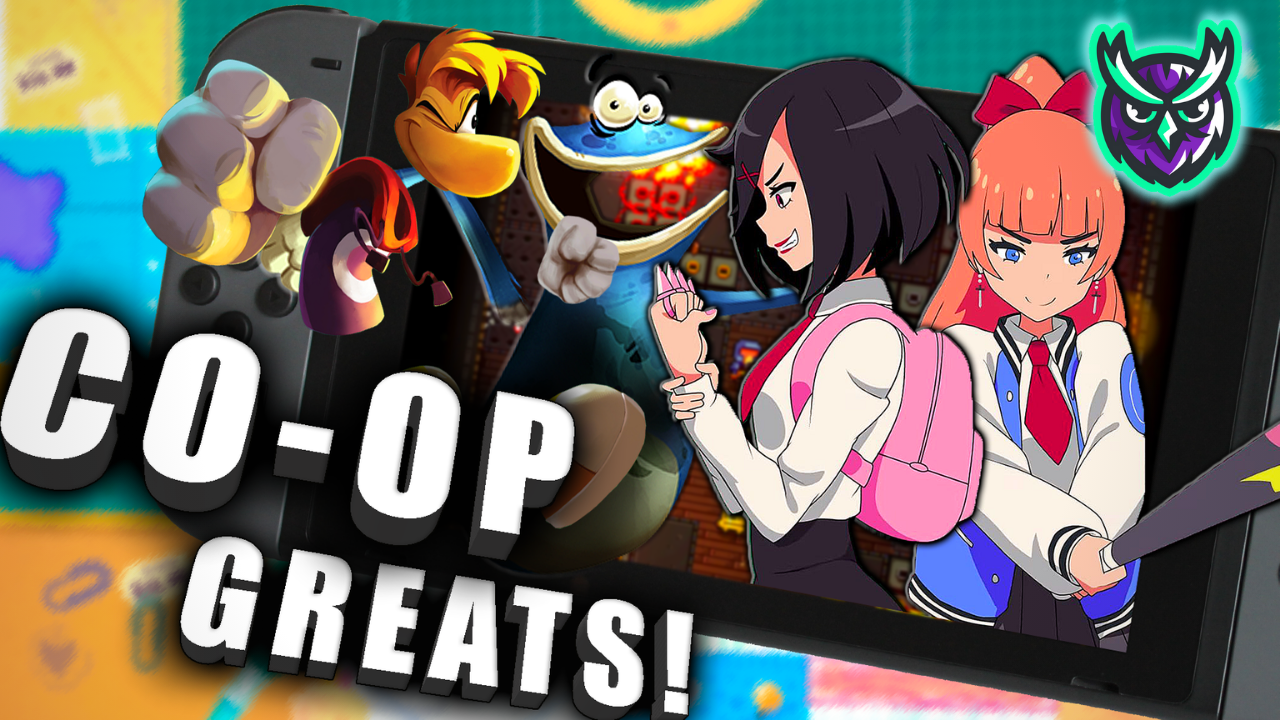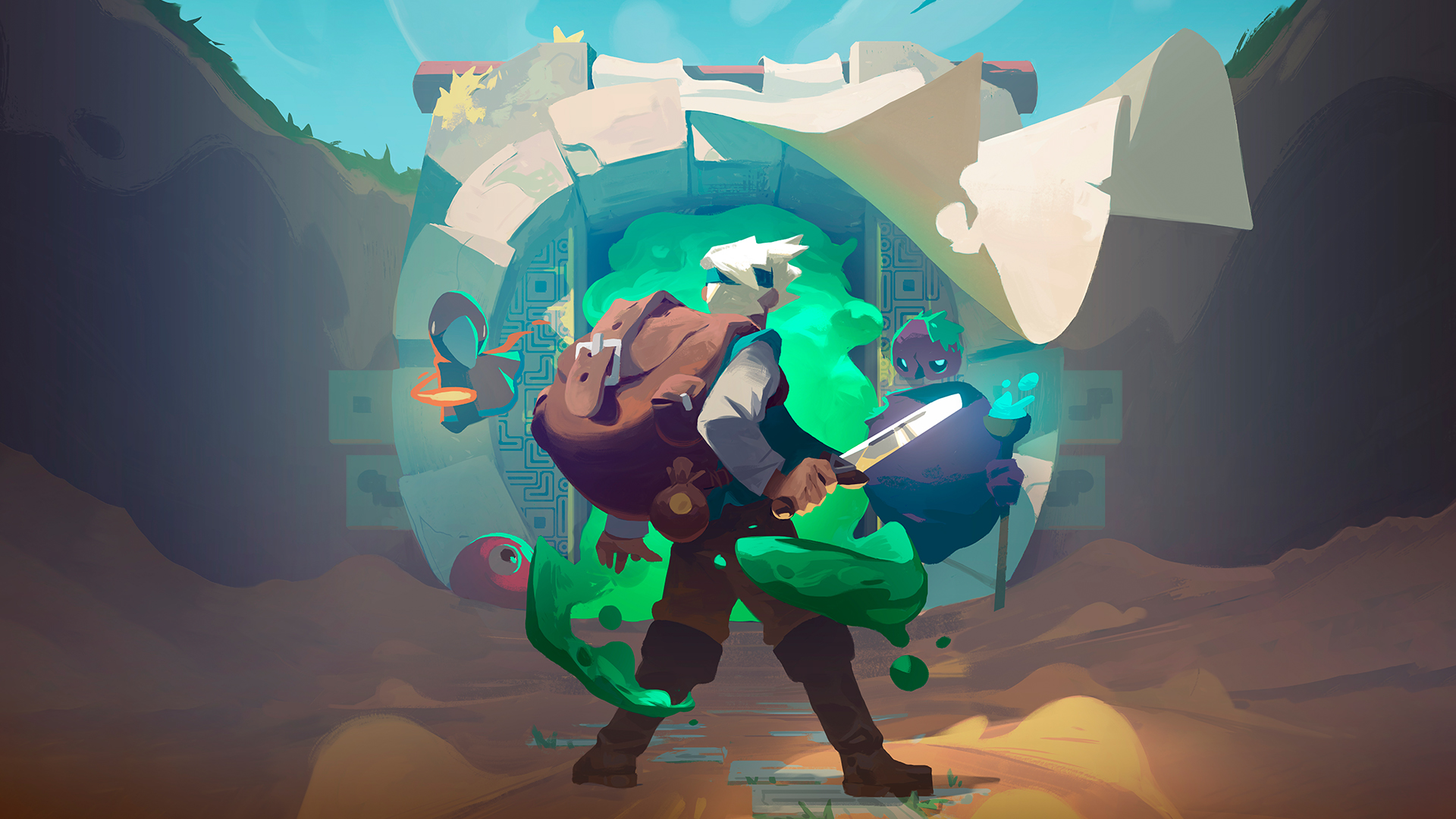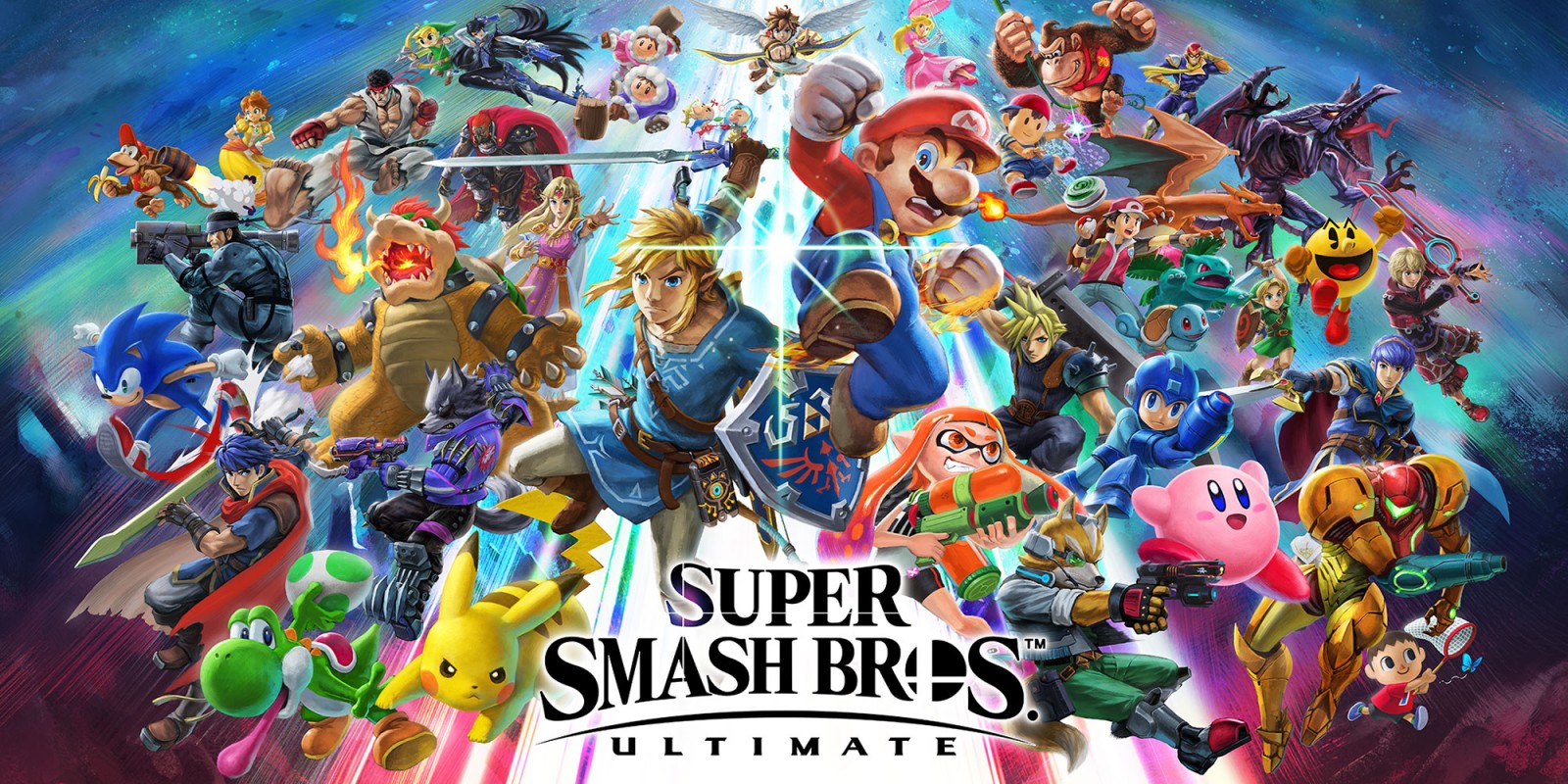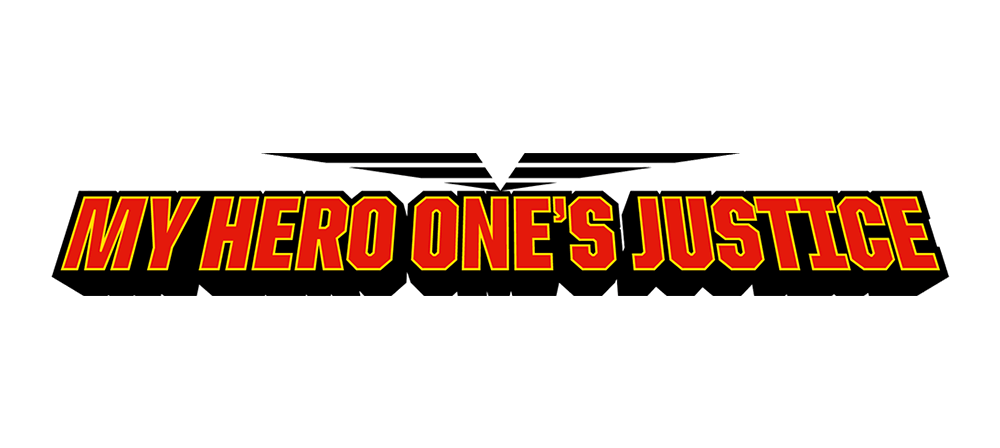Moonlighter Switch Review by SwitchWatch
Developer: Digital Sun Games
Publisher: 11 bit studios
Release Date: November 5th 2018
Price as of Article: $24.99 USD, £22.49 GBP
Game code provided by 11 Bit Studios for review
During an archaeological dig, a number of gates were discovered that led to randomly generated dungeons and a town known as Rynoka was built nearby as a commercial hub to service would-be heroes and inquisitive tourists.
Time has passed, the village has wound down to a sleepy place and Will, the son of a shopkeeper whose father was killed in one of the deeper dungeons, takes on the mantle of running Moonlighter – the town shop he inherited.
Will has a restless spirit and the village elder plays the role of warning you away from delving too deep into the dungeons and instead focusing on turning a profit and helping restore Rynoka to a bustling region.
This mysterious backstory never truly develops and it’s a shame, more could have been made of it. Instead, you are left to play through the game with a few snippets of story progression. With that said, I did find myself buying into Will and his quest to successfully run his shop by day and secretly plunder dungeons at night – seeing the town grow through your success is a nice lure.

As a kid growing up, I loved games like Command and Conquer, Final Fantasy Tactics, and Theme Hospital. What they all share in common is resource management, there is something satisfying about a game in which you take control and see the fruits of your labour turn into something on the screen.
Moonlighter is a game of two halves – on one side, we a have a rogue-lite dungeon crawler that sees you delve deep into one of the games five semi-randomly generated dungeons and on the other side, we take our loot back to town, set up shop, and manage the sale of our hard-won goodies.
Both sides are interesting and together they form a rather addictive loop that scratches both the RPG as well as the resource management itch.
Greed will be the death of me!
In our first run, we die, lose most of our loot, and learn the game’s first and most important lesson – push too far and you will risk it all in your greedy quest for glory.
Whilst you can go out hunting in the day, you will almost exclusively be doing this at night when the mobs are slightly tougher and the loot all the more juicy for the additional risk. Controlling Will is nice and simple, you have the ability to roll and have a normal attack as well as a secondary skill which will vary depending on the weapon you use – more on that in a moment. You can also equip some health potions which you will need to guzzle down in some of the harder sections.
You receive very little guidance on purpose. It’s about finding your way through the mysterious dungeons and after a few runs, you start to see the patterns emerge. At first, you will feel a bit weak, you won’t be able to get too far into the first dungeon before you have to use your trusty magical pendant to escape, which will cost you some amount of hard-earned resources that you cannot spare at first.

Kill, Plunder, Sell, Repeat
The mobs increase in number and difficulty as you progress deeper into each dungeon’s three floors. Typically, most enemies have patterns to their combat which you can play around – for example, jellies will jump at you and catch you in their gelatinous mass but you will have time to roll out of the way. A lot of mobs can only shoot in a certain direction or will attack and then become incapacitated for a period of time. As you figure out their moves, you will begin to avoid their whacks but as you get further, it becomes a bit more frantic with many different mobs to face at once.
That’s where the aforementioned weapons come in – at first, you are equipped with a measly broom that strikes no fear into a chocolate bunny, let alone evil dungeon-dwelling monsters, but soon enough you will get yourself a weapon: you have wieldly double handed swords, a sword and shield combo, a spear, quick hitting gloves, and a bow and arrow.
Each has its pros and cons and you will be able to equip two at a time and can flick between them at a button’s push.
This isn’t Diablo though – you won’t be finding weapons and powerful equipment just laying around in chests very often. Instead, you need to gather up your loot, head back to town and sell it, using the profits and materials to buy and craft equipment at the blacksmith or witch, keep a hold of it, and upgrade it down the line.
This is an important part to the game as it really emphasises the need to get as much loot as possible and sell it for the highest value in order to beef up Will.
Set your stall out
When you get back to town, it’s time to set up shop and rake in the dollars! At first, you will find it difficult to understand what to sell products for, you have a handy guide that gives you hints – for example, you will see the price of the most expensive item in a dungeon and the items are generally ordered by price.
You set the price you think an item should go for and test it out by opening the shop, each would-be customer will hover over an item and a little face will appear next to them, which will give you a clue as to how well, or poorly, you have priced your goods. You need to pay attention to this and adjust accordingly to find the right price which maximises the profit without annoying your customers.
As you gather this data and adjust accordingly, your book will fill out and you will begin to get your head around what prices things should go for, this system does work well but it’s not heavy duty – you will have plenty of time to replace sold items, tweak prices, and serve your clients at the till and no further complex mechanics are introduced other than the odd shoplifter that you whack to stop them getting away.

Community Service
As you progress, you can invest your cash into developing the town which will, in turn, open up avenues – for example, the blacksmith will let you purchase weapons for cash and certain items, the witch will let you improve those items and buy potions, and the hawker will let you buy items to display in your shop that provide buffs like increasing the amount of tip your customers will leave.
On the other side, you can invest into your shop, letting you create a larger shop with more slots for items, improve your bed which gives you a health bonus each time you sleep, and buy more chests to store your items in.
Resources start out tight and you will have some tough choices – do I upgrade my shop or invest into that banker or should I upgrade my bow and arrow so I can deal with more mobs and get more loot next time around?
After a couple of hours in, you get the hang of things and fall into a nice rhythm, both sides are fairly light but are engaging enough to keep you going back for more. Sticking to the theme of limited resources, one of the mechanics of the game is bag management, it’s a minigame in and of itself – effectively, you have a limited number of bag slots and items can drop with curses.
Curse you!
These curses can be positive or negative and affect adjacent items – for example, you can have a cursed item that will destroy anything placed to its left or an item that can only be placed at the top or bottom of your bag. On the flipside, you can find an item that destroys other curses from an item, or that sends something next to it straight back to the shop, removing the risk of losing it upon death.
This mechanic is one of those marmite mechanics – some people hate it for the tedium it adds to the game, whilst others appreciate the extra depth and little decisions you can make to maximise your gains. For me, I found it somewhere in the middle – I did find myself getting a bit peeved at times with spending a lot of my in-dungeon time stuck in the bag menu, but I also quite liked the concept and feeling of risk that it adds.
This feeling is the crux of Moonlighter – it’s the feeling of wanting to get to the boss but knowing that you only have 2 pots left and some really high-profit items in your bag that you really should take back to town and sell.

The game’s soundtrack was produced by David Fenn and includes 23 original melodic tunes. The music has recurring themes such as stringed instruments and piano, that work their magic in producing a sense of exploration, danger, and mystery. When you consider the fact that you’re grinding a lot of the same locations and facing the same enemies, the music needs to be strong to minimise fatigue and it delivers in this area. None of the music is frustrating over time and the fact that it fits together so well makes it a great soundtrack to listen to when you have headphones in whilst playing in handheld mode. Outside of the music, the sound effects are pretty simple and do the job, you have the usual slash and monster grunts that you would expect from a dungeon crawler.
Moonlighter features the dominant style we are seeing at the moment in indie titles with pixel art, which, personally, I am a fan of as long as it’s done well and Moonlighter does a fair job. It uses colours effectively and the recurring day/night theme adds a bit more personality, the detail we see isn’t the finest out there but it is well done and has a polished feel with its own personality. Bosses are nice and epic looking, often a big, bad boss can be disappointing but that’s not the case here.
From a performance perspective, I experienced no issues either on the move or when sitting down.
At $24.99 in the US and £22.49 in the UK for a digital copy or £29.99 for a physical copy, the price is high for a game that will take around 12 hours to complete. With that said, there are a lot of things for completionists to bump up that play time and it certainly has an addictive quality about it that will no doubt have a lot of people going back for one more run.
Because of its short run nature, it’s perfect to pick up and play, and for me, the Nintendo Switch is its best home, for this reason. It’s the kind of game you can pick up and play one in-game day and then come back to later.
Pros
Addictive play
Excellent on the move
Nice progression
Cons
Missed opportunity on the story
Lacks a little depth on the shop side


